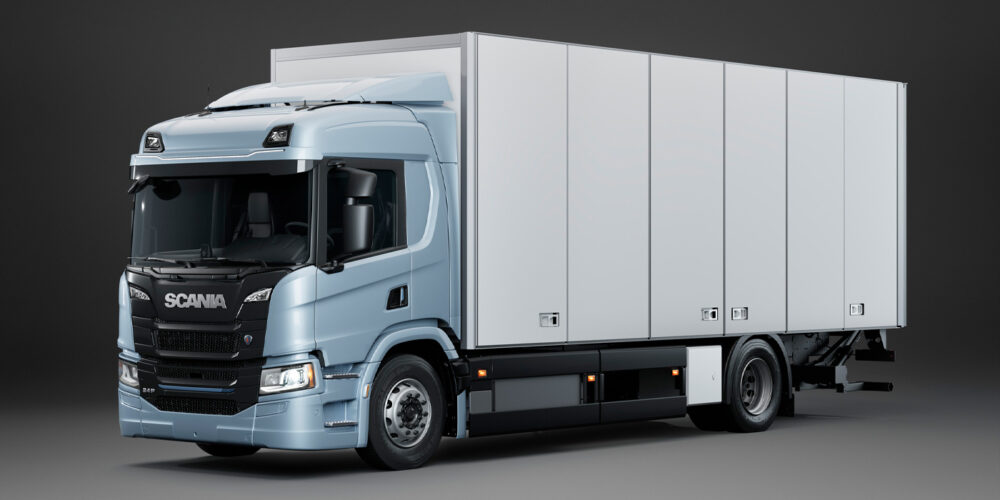With the price of diesel persistently hovering at or above $4 per gallon, any reasonable new product, service or practice that can help mitigate overall fuel usage deserves exploring.
The real life fuel efficiency of new truck tires is typically quantified by rolling resistance, the amount of power/energy required to push the tire down the road under a given load, inflation and speed conditions. Purchasing the correct new tires, however, is only part of the overall truck/tire/fuel economy relationship.
For starters, understand that rolling resistance relates to, but is different from, fuel economy. The relationship is typically in the three to five range, meaning that a 4% improvement in tire rolling resistance may yield a 1% fuel economy improvement. Variables affecting this relationship include truck aerodynamic efficiency, speeds, inflation maintenance and stop/start frequency. For example, a fast-moving open car hauler with multiple delivery stops likely represents the vehicle/service type where tires make only a small difference in the overall fuel economy equation. In the opposite extreme, a speed limited close-coupled aero tractor with a skirted van trailer offers a huge opportunity for fuel economy with studied tire selection. Of course, driver education has a significant influence in both cases.
A lesser appreciated fact is that approximately half of the over-the-road truck tire market is served by retreads, which also have an effect on fuel economy. Roughly half of a tire’s rolling resistance capabilities are generated by the casing, with the remainder dependent on tread materials. Therefore, the selection of high quality, fuel-efficient tread rubber compounds and retreading processes is critical to maintaining the energy efficiency of the used casing/new tread package. This is especially true for trailer, dolly, tag and pusher axles, since whatever low rolling resistance tires can provide is realized more on these free-rolling axle positions vs. highly torqued drive axle positions.
A common practice has been to remove tires from service for retreading, often with significant tread depth remaining, with the belief that maintenance of casing integrity was enhanced. Equally important, many tires are removed due to premature shoulder, rib or other irregular wear, or driver complaints based only on visuals, with significant tread depth remaining. It is now well documented that rolling resistance improves significantly from new tire condition to a low tread pull point. This change typically exceeds the difference among tire brands and may even exceed the difference between traditional and newer “fuel-efficient” designs.
Several points should be considered. First, high quality alignment and inflation maintenance programs, previously considered too costly, may now be cost justified if they can provide higher take-off mileages. More frequent visual inspections and lateral “palming” of steer tires to detect early onset of irregular wear and the use of adaptive internal balancing materials in place of traditional lead weights can be effective assists. The bottom line is that any maintenance practices (seasonal tire replacements, and the several items noted above) that can extend take-off mileages, allowing the tires to operate at the most fuel-efficient late wear stage, will reduce fuel costs per mile.
Several other truck tire/fuel observations are noteworthy. First, real world fuel efficiency is a function of both the tire and the road surface over which it travels. Generally, less deformable surfaces are more energy efficient (e.g. concrete vs. thick asphalt). This offset should be considered in future high-speed highway designs.
Secondly, scrap tires contain more British Thermal Unit (BTU) content per pound than high quality anthracite coal and could provide a mostly unused (at present) source of fuel for power generation, brick making kilns and other high temperature burning operations.
Transportation of used tires as low value freight has hindered this application. Good planning of future power generation facilities and coordination with scrap tire sources could alleviate the transportation/storage cost and enhance the usage of this recycling opportunity.
Lastly, traffic congestion caused by roads inadequate for their volume is a serious fuel economy restriction, since standing vehicles have no fuel efficiency whatsoever.













